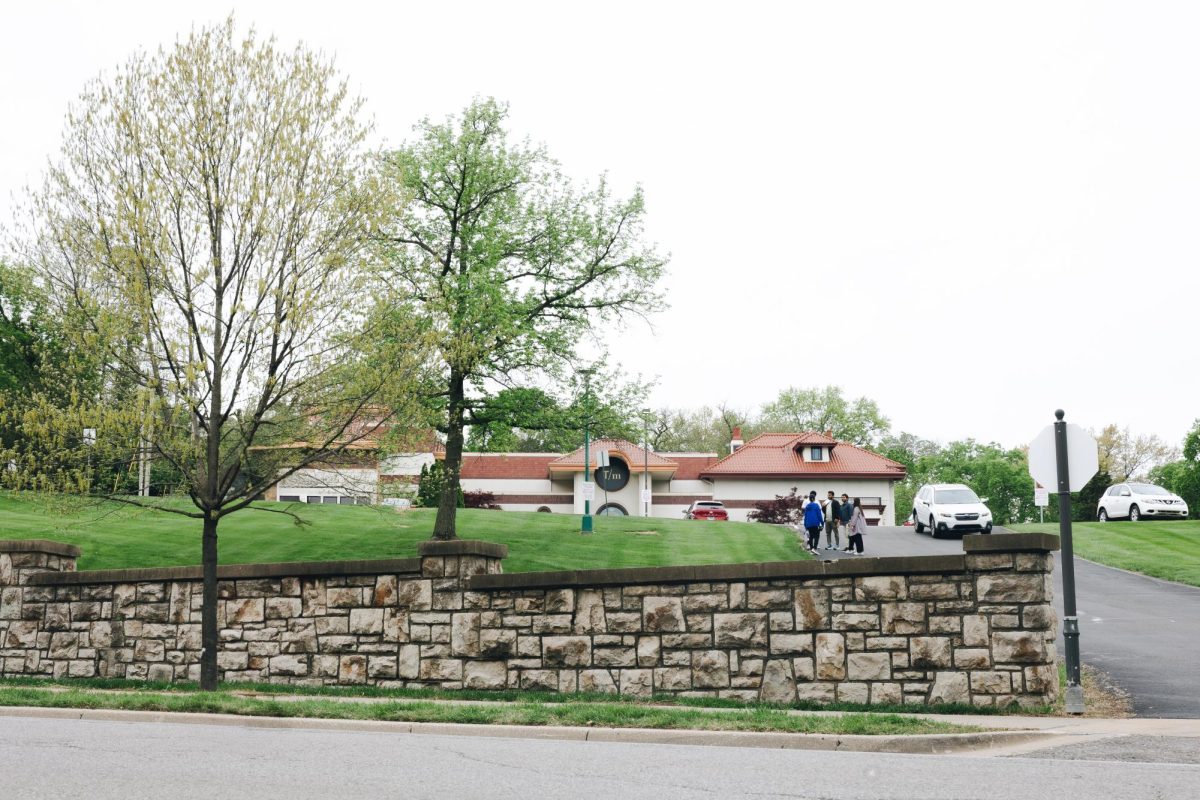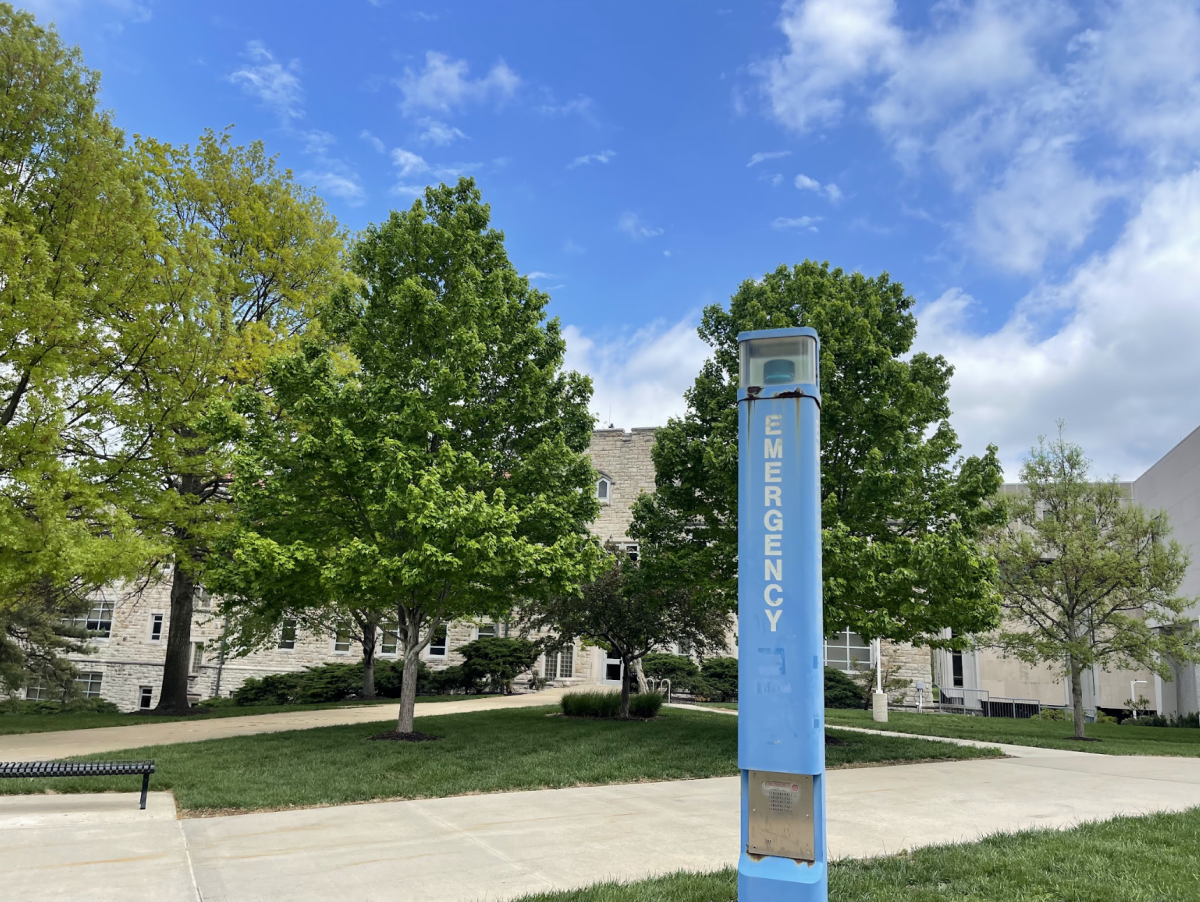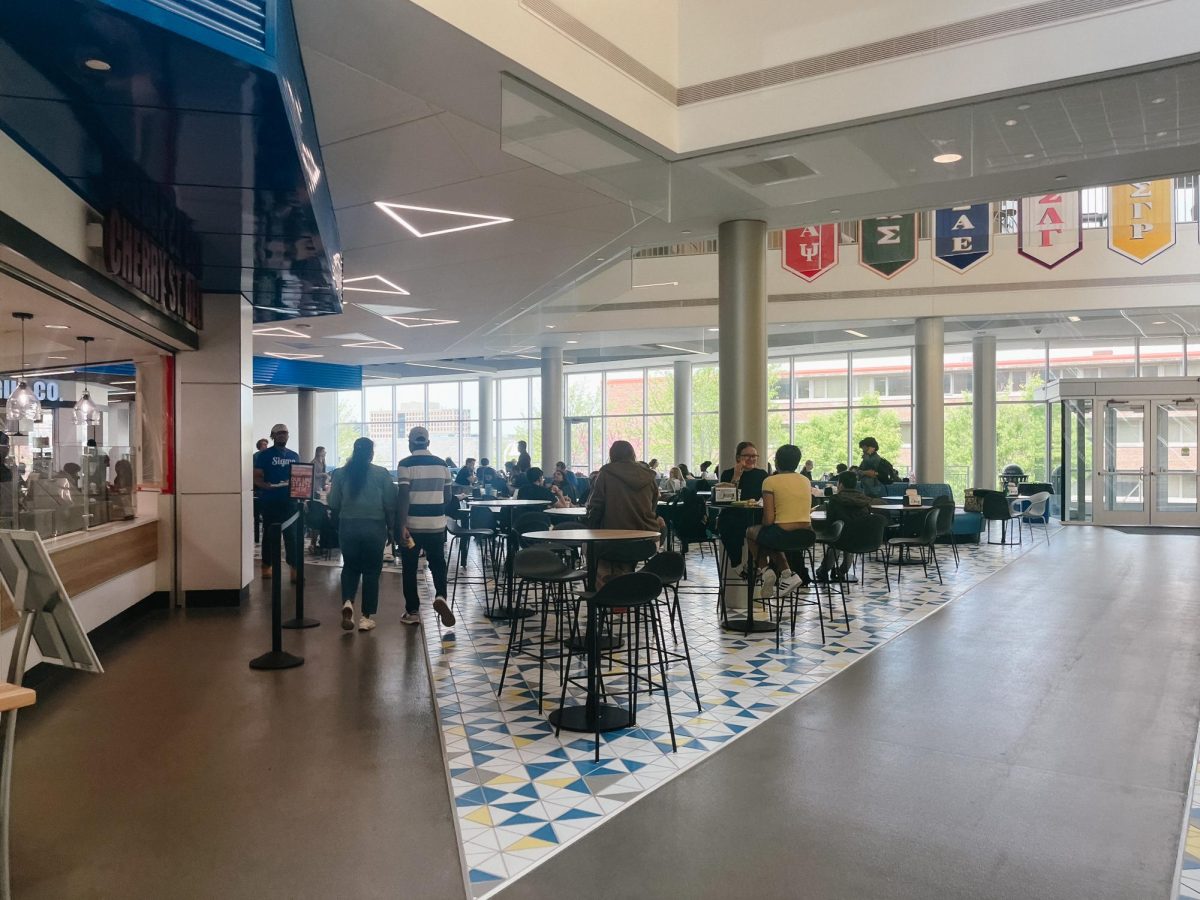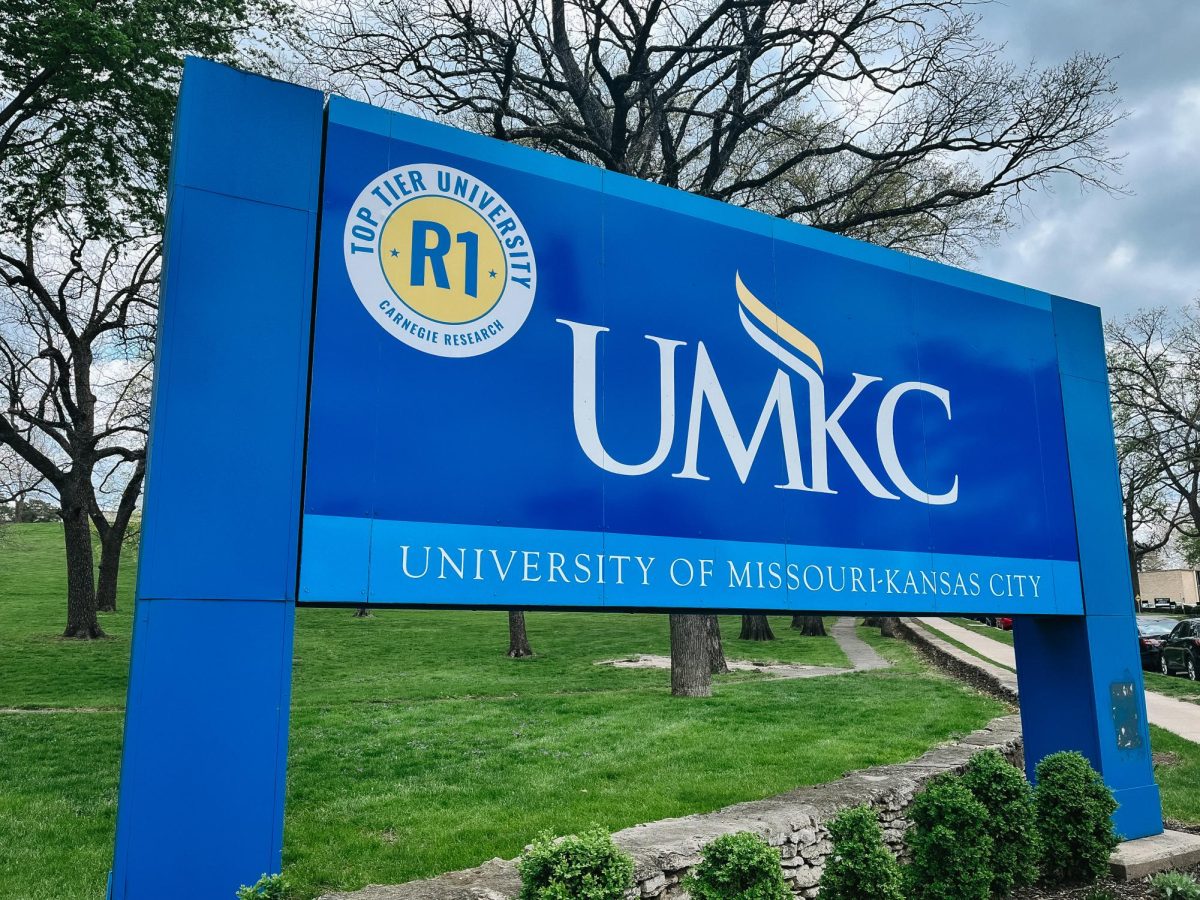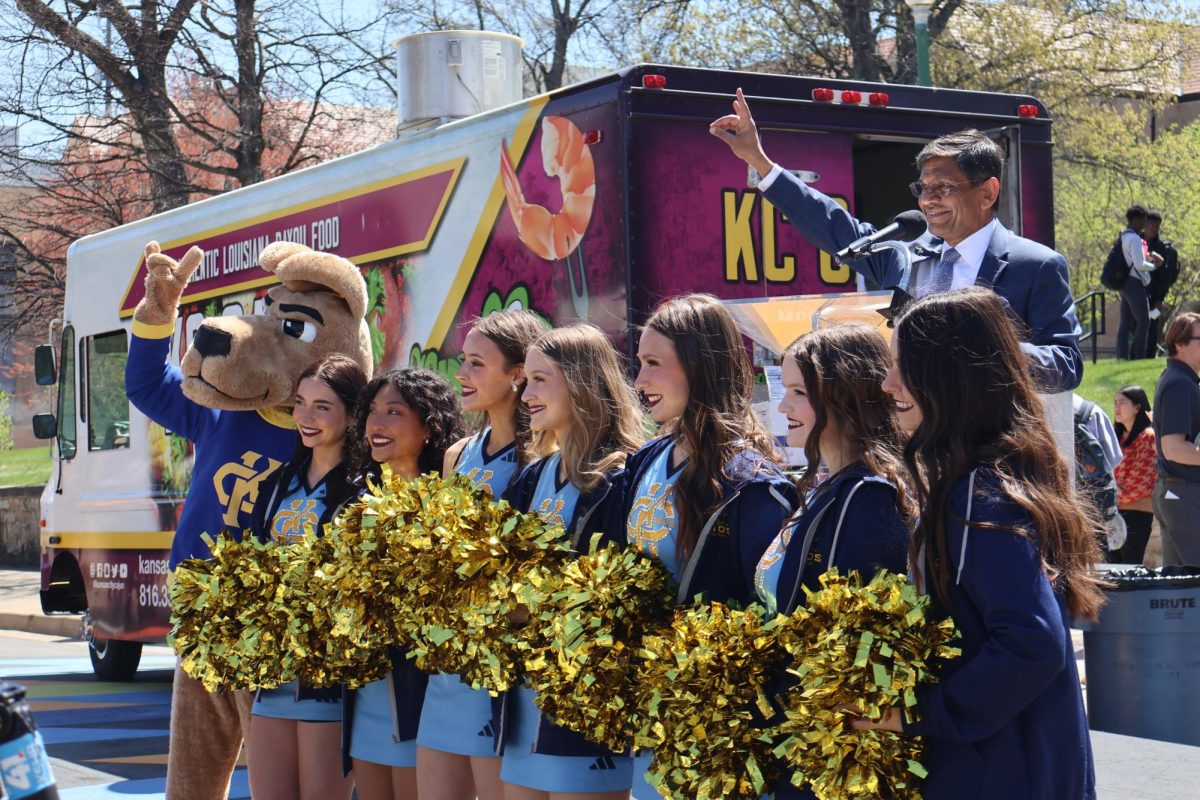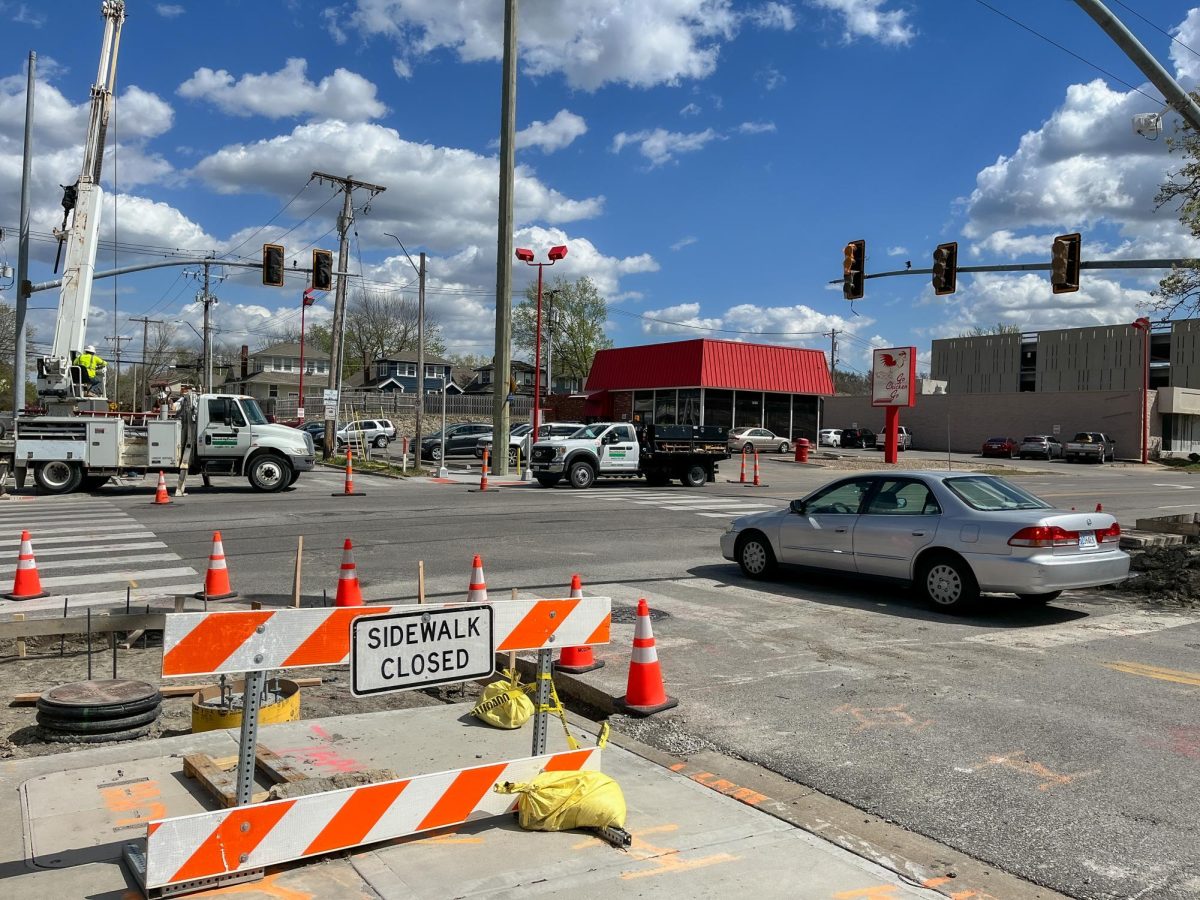High winds and a tornado watch or two came through the Kansas City metro area in the last month. This raises the question of student preparedness for severe weather, as well as the likelihood of such weather. Missouri now approaches its peak tornado season, which runs from April through June.
Dr. Fengpeng Sun, a meteorology professor, emphasized how difficult and unpredictable this kind of weather can be.
“Nobody can really pinpoint what exact time and what location there might be a tornado,” he said.
However, he noted a concerning trend of “tornado alley expansion” eastward, potentially increasing the frequency of such events east of Missouri, and likely linked to climate change.
Regarding tornadoes, Dr Sun said, “Unlike climate change, human activities such as a city’s temperature or chemicals being put into the atmosphere have very minimal impact on those types of strong, immediate events.”
Dr. Sun advised students to heed National Weather Service warnings, seek indoor shelter away from windows, and stay informed through emergency alerts on their cell phones. He also clarified the difference between a tornado watch, indicating favorable conditions, and a tornado warning, signaling an imminent threat.
While tornadoes are small and short-lived, their impact can be devastating. He suggested that urban environments with taller buildings might slightly reduce widespread wind speeds compared to open rural areas, but the minimal space they occupy has more to do with the unlikelihood of a tornado sweeping through downtown.
Gracyn Frecks, a UMKC medical student living on the Volker campus, recalled a recent tornado watch before spring break that affected surrounding areas. She expressed concern about the university’s preparedness for severe weather events, particularly in dormitories.
“I would honestly say I’ve not seen any record of that being the case,” Frecks said, noting the lack of severe weather drills compared to fire drills. She also acknowledged UMKC’s absence of designated tornado shelters beyond building basements.
While admitting that campus communication for weather-related closures has been effective, Frecks highlighted a desire for more proactive communication regarding potential threats.
“I would say the concern is more about a lack of prior communication. We need to be aware of where to go in the moment something happens,” she explained.


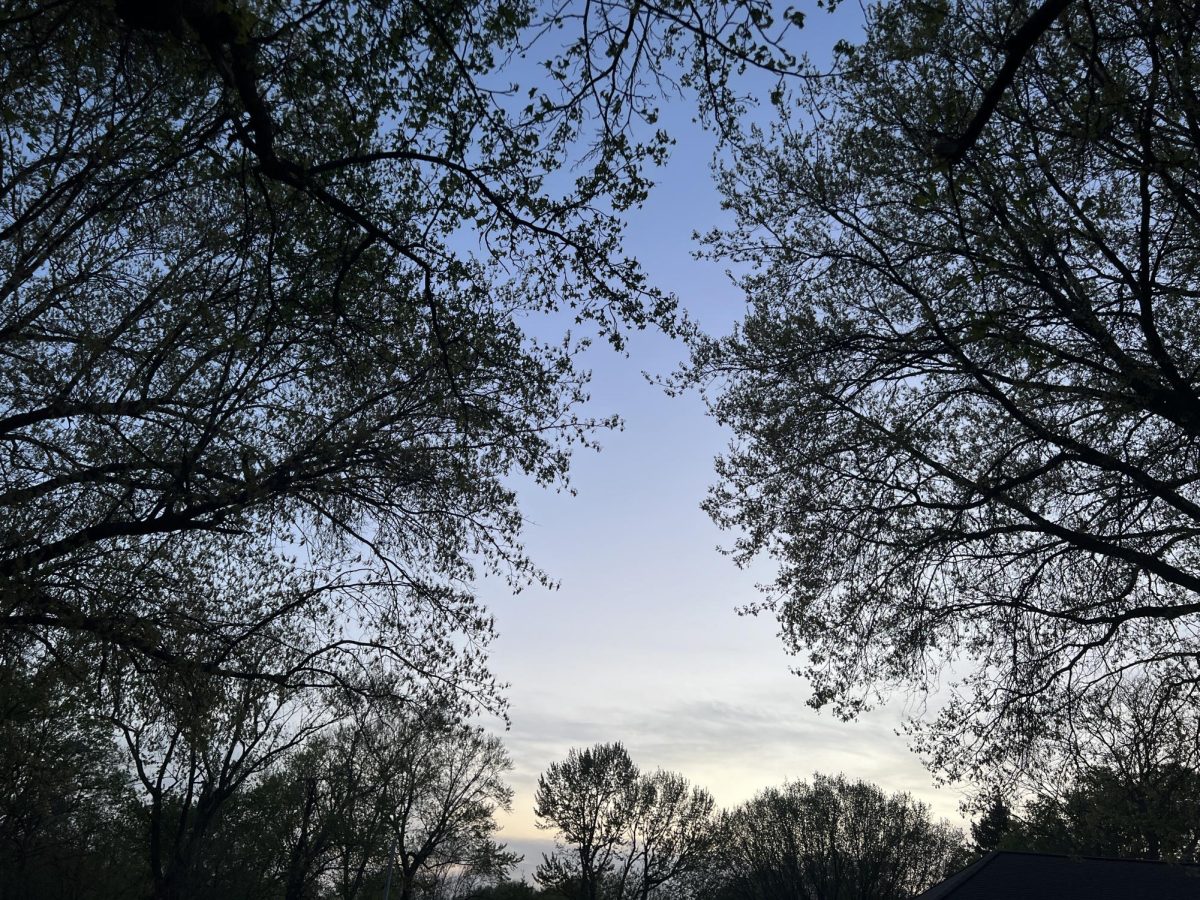

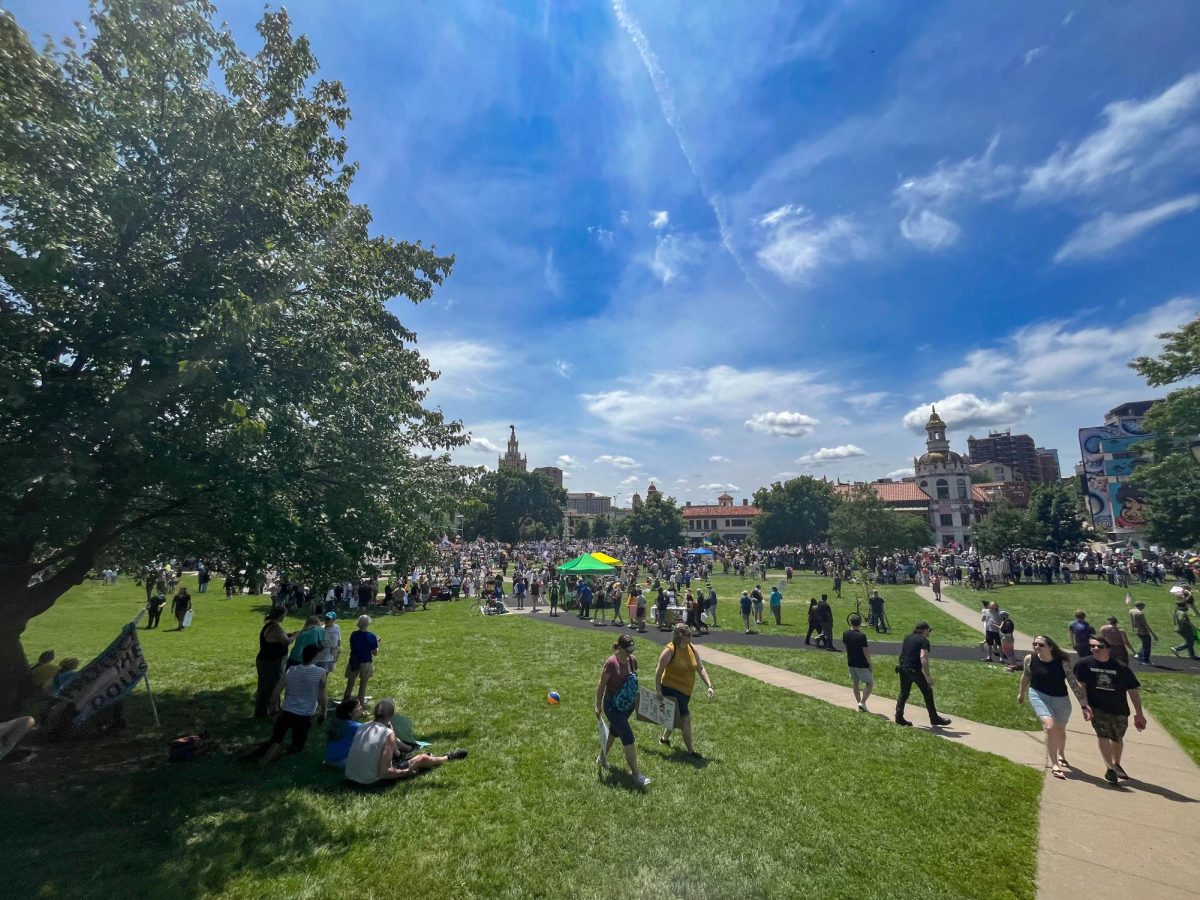
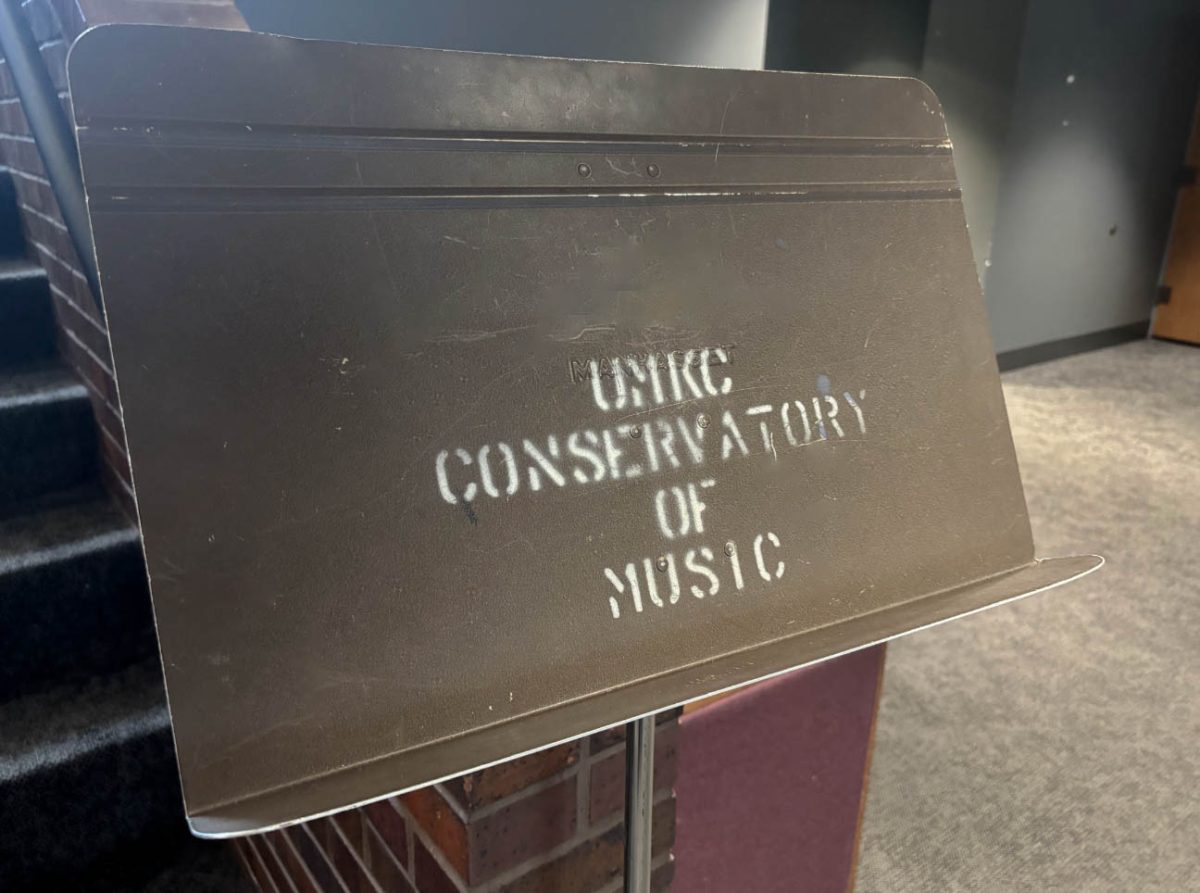
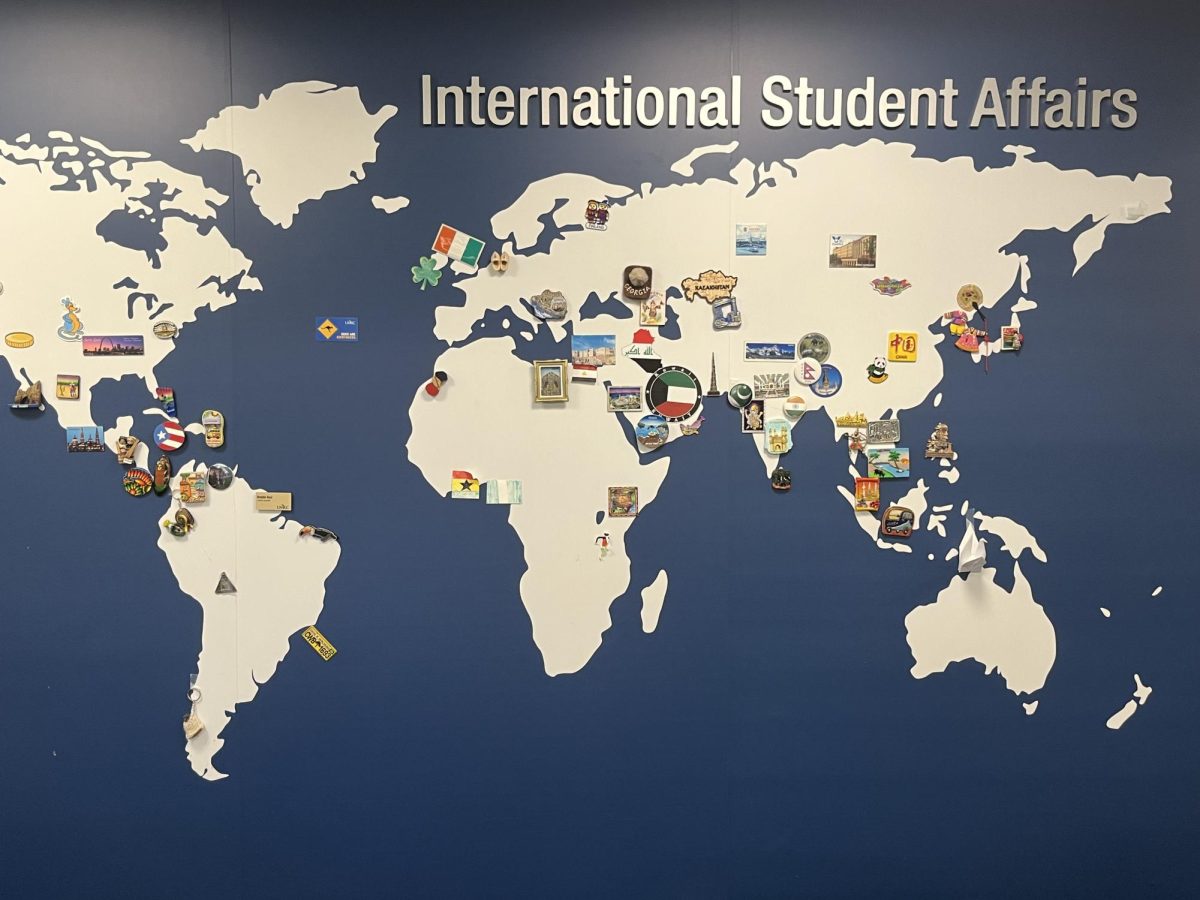


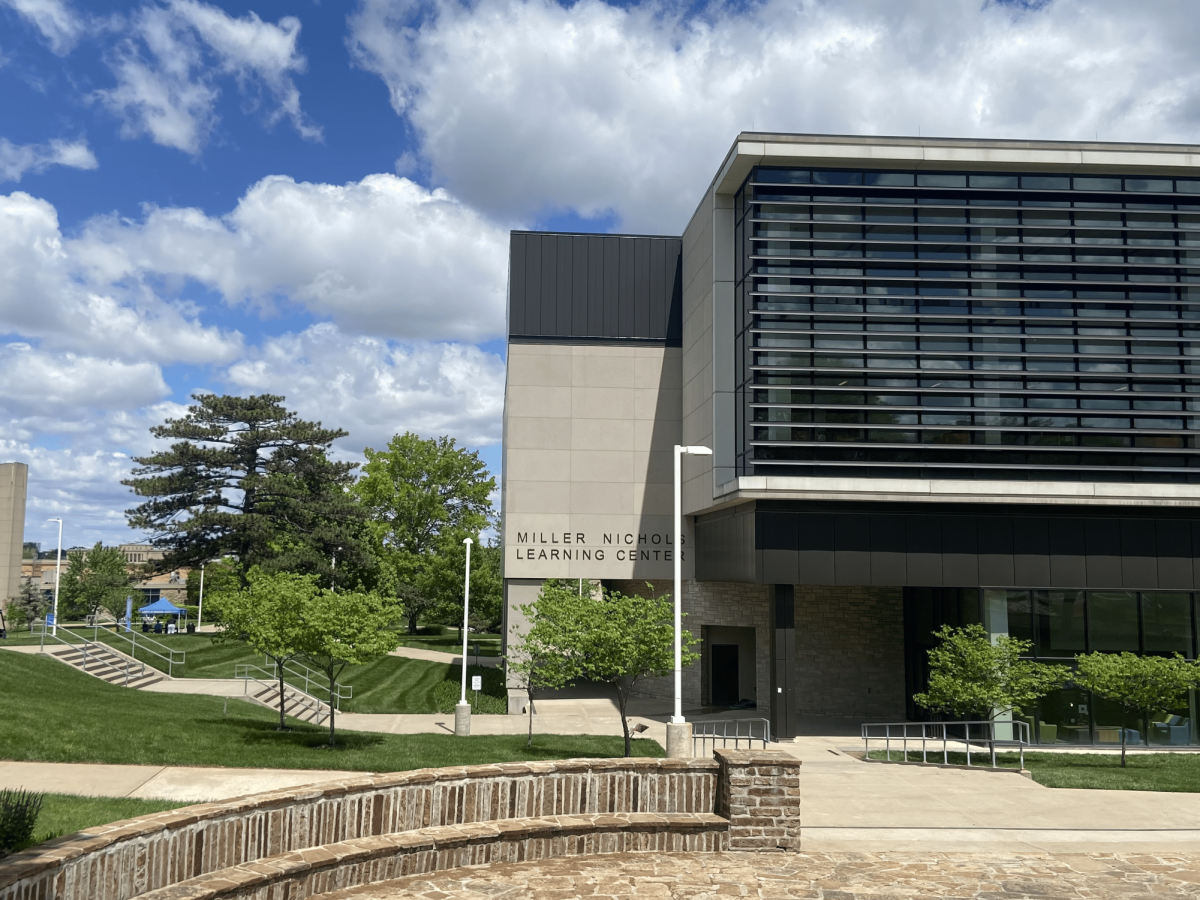
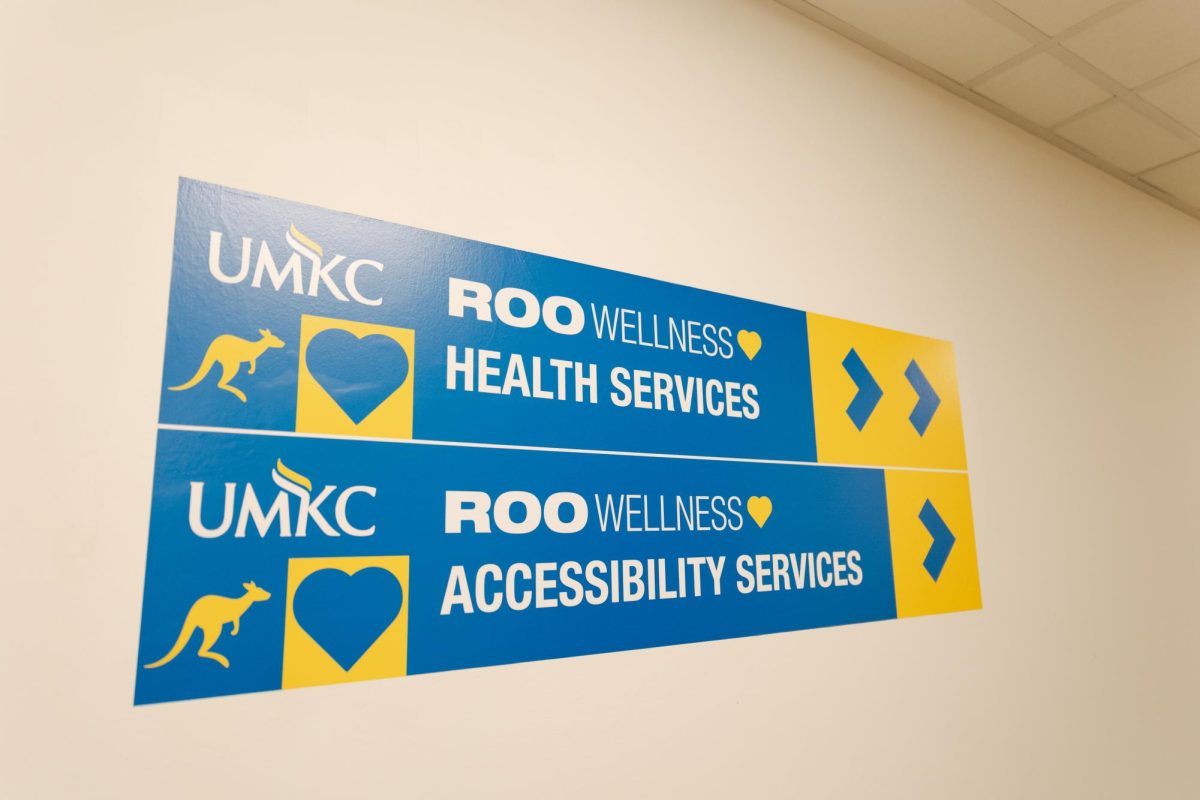


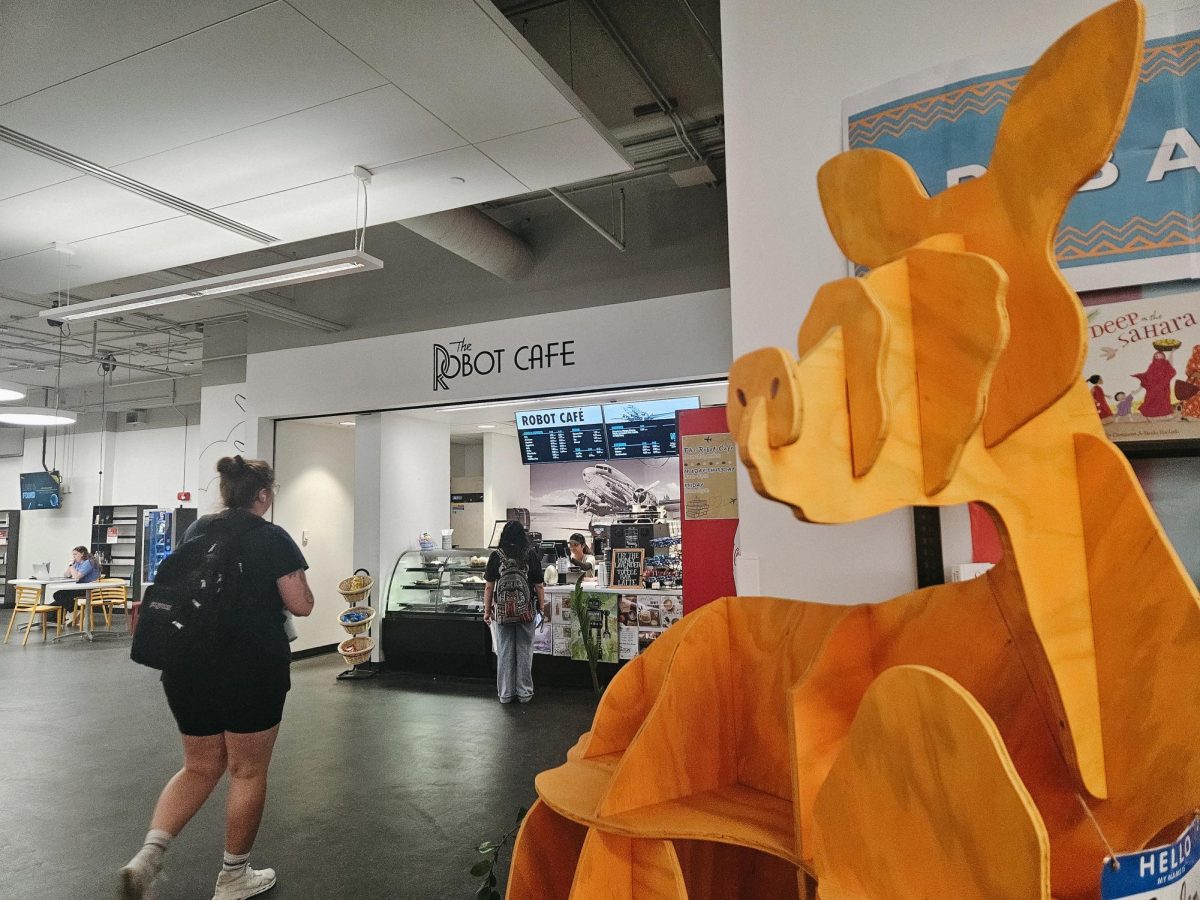
![Alex Unseth [left] and Yasmen Hassen [right] speaking at the dinner.](https://kcroonews.com/wp-content/uploads/2025/04/SGA-1-1200x800.jpg)
